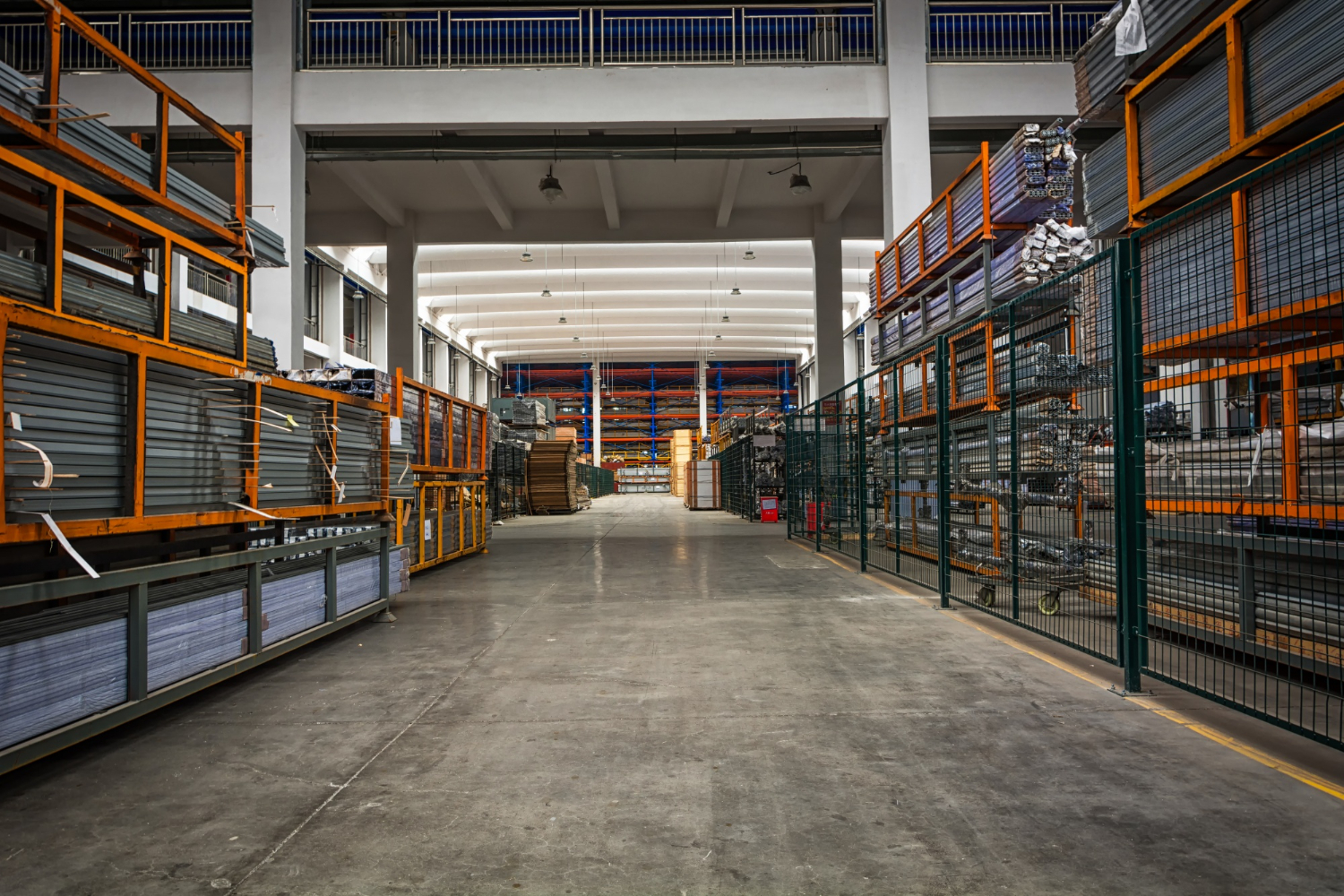Managing a warehouse is akin to playing a complex game of Tetris, where every square inch counts. In the world of logistics and supply chain management, optimizing warehouse storage space is not just about cramming more items into a limited area. It’s about intelligent design, strategic thinking, and understanding the art of maximizing efficiency. Here’s a guide on how to do just that.
1. Understand Your Inventory
The first step towards optimizing warehouse space begins with a thorough understanding of your inventory. Different products have different storage needs. Some require temperature control, while others need to be easily accessible. Conducting a regular inventory analysis helps in identifying fast-moving items, which should be placed closer to the packing and dispatch areas, and slow-moving ones that can be stored further away.
2. Adopt Vertical Storage Solutions
One of the most effective ways to create more space in your warehouse is to think vertically. Utilizing the full height of your warehouse with taller storage units can drastically increase your storage capacity. However, ensure that this is done safely and in compliance with local regulations. Investing in the right equipment like stacker cranes or forklifts is essential for accessing these high shelves efficiently.
3. Implement a Dynamic Storage System
Dynamic storage systems, such as pallet flow and push-back racking, can significantly increase storage density. These systems use gravity to move items from the restocking side to the picking side, thus reducing aisle space and enhancing storage efficiency.
4. Optimize Layout and Aisle Width
The layout of your warehouse plays a crucial role in space optimization. Analyze the flow of goods from receiving to shipping and design your layout to minimize travel time. Narrower aisles can create more space for storage, but this should be balanced with the need for maneuverability of handling equipment.
5. Consider Mezzanine Floors
Mezzanine floors are an excellent way to add extra storage space without the need for a bigger warehouse. They can be used for storing less frequently accessed items or for administrative tasks, freeing up valuable ground-level space.
6. Embrace Automation
Incorporating automation into your warehouse can significantly improve space utilization. Automated storage and retrieval systems (AS/RS) are designed to store and retrieve items with precision, allowing for tighter storage configurations and better use of vertical space.
7. Utilize Mobile Shelving Systems
Mobile shelving systems, which can be compacted when not in use, are a great way to optimize space. They are ideal for storing items that aren’t required on a daily basis. By eliminating fixed aisles, mobile shelving systems can increase your storage capacity by up to 50%.
8. Regularly Review and Adjust Your Storage Plan
As your business evolves, so should your storage strategies. Regular reviews and adjustments of your storage plan are necessary to accommodate new products, seasonal fluctuations, and changes in demand. This proactive approach ensures that your storage space is always being used in the most efficient way possible.
9. Employ Cross-Docking
Cross-docking minimizes storage time by directly transferring goods from incoming to outgoing trucks. This practice is especially useful for items that have a quick turnaround, reducing the need for storage space.
10. Train Your Staff
Efficient warehouse space utilization is not just about infrastructure; it’s also about people. Train your staff on best practices in storage optimization, proper handling of goods, and safety protocols. A well-trained team can make a significant difference in how efficiently your warehouse operates.
11. Implement Lean Inventory Techniques
Adopt lean inventory techniques like Just-In-Time (JIT) which can reduce the amount of inventory on hand, freeing up space. This approach requires precise coordination and a reliable supply chain but can be highly effective in space optimization.
12. Use the Right Technology
Invest in a Warehouse Management System (WMS) that offers real-time inventory tracking, efficient space allocation, and optimized picking routes. The right technology can provide invaluable insights into how to better use your warehouse space.
In Conclusion
Optimizing warehouse storage space is crucial for operational efficiency and cost reduction. By understanding your inventory, utilizing vertical space, optimizing layout, embracing automation, and continuously reviewing and adjusting your strategies, you can create a more efficient, productive warehouse. Remember, in the world of warehouse management, every inch counts!
Optimize Your Warehouse with Our Expert WMS Solutions
Ready to enhance your warehouse’s efficiency? Aktiva Info is here to help with our advanced S24 Warehouse Management System. Tailored to meet your unique needs, our WMS streamlines processes and maximizes space.
Don’t let warehouse challenges slow you down. Contact us today or send an email to contact@aktiva-info.hr to learn how our WMS can transform your operations.
Elevate your warehouse’s potential – reach out now!






